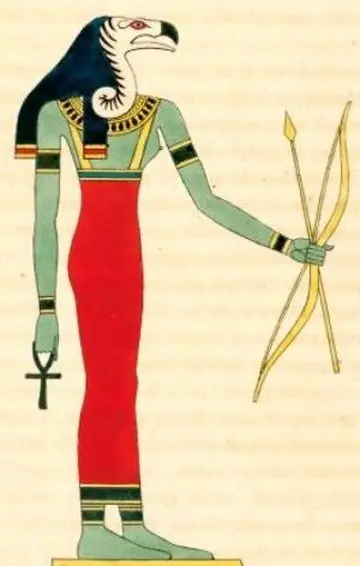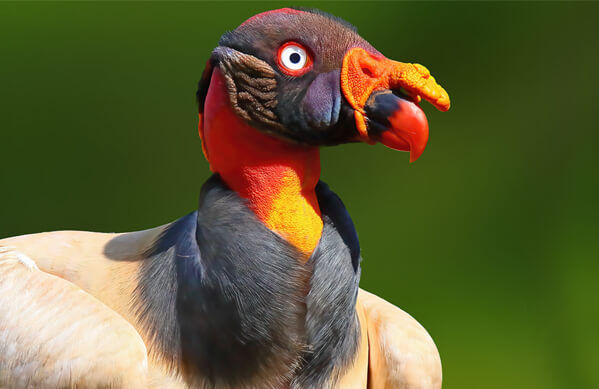Valiant, Vigilant Vultures!
- ejharpist
- Sep 6, 2025
- 5 min read
Strikingly beautiful, an important part of the ecosystem, and extremely misunderstood.
I am drawn to animals that seem to be"disliked" or viewed negatively, I like to research, understand and share awareness about these species. Since today, September 6th is International Vulture Awareness Day (it's the first Saturday in September each year), it seemed the perfect time to share about these magnificent creatures.
So many people seem to just associate vultures with death and assume that they are cruel or murderous, but really, they are sort of like mushrooms of the animal kingdom. They help the decomposition process, keeping the ecosystem in balance. So many portrayals of vultures show them with fierce eyes and mean expressions, but why? I wasn't able to find any picture books about vultures, yet there are so many with lions, tigers, and other predators in the animal kingdom. I think vultures are unfairly judged, and I hope that this post helps show you how incredible these birds are.
Honoring Vultures

Vultures are honored in some cultures; in Ancient Egypt, the vulture-headed goddess, Nekhbet was very revered. Ancient Egyptians thought all vultures were female; born from eggs without male involvement. The vulture was a symbol of birth, motherhood, and rebirth, renewal and death. High ranking females such as priestesses, wives of pharaohs and female pharaohs wore crowns depicting vultures to honor Nekhbet.

The vulture is seen in a lot of Ancient Egyptian art and there is even a hieroglyph that is a vulture, showing the importance of this bird in Ancient Egypt.
The California Condor (Condors are a type of New World Vulture), is included in numerous Native American Creation stories. Specifically, the Wiyot people believe that the condor is the life giver, the ultimate source. Condors are seen as representing a new beginning. In the myth of the Wiyot, the Condor and his sister are the only living creatures to survive a great flood, and they mark a new start to a new life, leading to humanity.
Types of Vultures
There are 23 types of vultures in the world, and rather than detailing them all here, I chose a few to showcase. Australia and Antarctica are the only continents without Vultures! For more info, check out the book Vultures of the World: Essential Ecology and Conservation by Keith L. Bildstein.

Cape Vulture
Cape vultures are cliff nesters. They are native to Southern Africa. They are a large species with a wingspan can be from 90 to 98 inches long. They nest together and find food in groups. There are less than 10,000 cape vultures worldwide, and by comparison, the Palm-Nut Vulture has a global population of 240,000. There is some hope for the species.

King Vulture
With a wingspan of 70-79 inches, it is grand and royal! The King Vulture lives in lowland forests in Mexico and through the Amazon Rainforest. Interestingly, in addition to the normal vulture diet it also eats fruits of some native palms. they roost in family groups of at least 8.
King Vultures are stunning, aren't they? Keith Bildstein describes them as follows, "With a brilliantly detailed and garishly festooned featherless head and neck, and a striking black and creamy white plumage, adult King Vultures are unmistakable in the field." (page 41)

Lesser Yellow-Headed Vulture
One of the least studied of all vulture types there is a pretty stable global population; around 100,000 birds.
With a wingspan of 63 inches, they are mid-size, living from Southern Mexico to Argentina. This species was only named in 1845. They are very tame compared to most other vultures.

White-Headed Vulture
Medium sized, with an 80-89 inch wingspan, they are solitary and very territorial. Females are larger than males and they are critically endangered with only about 6,000 in the world. White-headed Vultures live in Sub-Saharan Africa and their habitat seems to be linked to the location of baobab trees.

Hooded Vulture
With a wingspan of 59-71 inches, it is one of Africa's smallest vultures. They live in a 9,000,000 mile range of Africa and they are most numerous in West Africa. Like turkeys, these vultures "blush" or become red-faced when excited. Globally, there are less than 200,000 and declining due to poisoning, power line collisions, and humans.
Conservation
Thankfully, there are many conservation efforts around the world, helping various vulture species. A number of organizations in South Africa are working to help restore habitats, and to develop support (through monitoring programs, working with locals and gathering data) for the Cape Vulture, Bearded Vulture, Lappett-Faced Vulture, White-Backed Vulture and the White-Headed Vulture. For more details, check out https://www.vulpro.com/ and https://projectvulture.org.za/
If you are feeling more interested in seeing Old World Vultures, and you are planning some travel, why not consider visiting Cape Vulture Lodge. With beautiful accommodations and the chance to take a river cruise, see elephants, lions AND vultures, while supporting conservation efforts, it seems like a worthwhile trip! (If you go, please send us photos!)

But what about the babies? A number of zoos are helping increase the global populations through breeding programs. An interesting aspect of these programs is puppet rearing, a technique designed at the Bronx Zoo, for use with Andean Condors. The process is described here (found on a recent Bronx Zoo Facebook post) "you can see how keepers feed the young chick with a hand puppet designed to mimic an adult bird in order to prevent it from imprinting on humans. Keepers also cover their hands, faces, and other human features when feeding. The puppet was designed and created by artists in the Bronx Zoo's Exhibition and Graphic Arts Department. Bronx Zoo ornithologists pioneered this technique more than 40 years ago when hand raising Andean condors"
And of course, artists use their work to promote awareness. Favianna Rodriguez describes her "California Condor I" collage "I created this artwork to honor the majestic California Condor and the remarkable journey of its resurgence. As a Peruvian, the Condor holds profound significance in my cultural heritage, symbolizing the connection between heaven and earth according to Inca tradition.
I was fascinated to learn about the story of the California Condor and how it was how human intervention helped bring it back after humans nearly drove it to extinction. Facing near-extinction by the mid-20th century, with only 22 individuals remaining in the wild by 1982, bold action was required to prevent their disappearance. A controversial decision was made to bring all remaining condors into captivity to support their breeding, and the last wild bird was captured on April 19, 1987.
Since then, significant progress has been made. Condors bred in captivity began to be released into the wild in California in 1992, marking the beginning of their journey back to freedom. Today, thanks in part to the concerted efforts of the U.S. Fish and Wildlife Service and its partners, the wild condor population has grown to over 300 individuals."

"
Thank you for reading and I hope this helped you better understand these remarkable birds. It takes ALL species to make the ecosystem complete! What's your favorite misunderstood animal? Who should we research next?





Thank you so much for this informative post. You have definitely changed my opinion about vultures! They are amazing animals, and they must be incredibly majestic, with wingspans of up to 98 inches. I'm really touched by your care for and interest in animals that have been typically misunderstood by humans. The world needs more people with this kind of sensitivity and compassion--thank you for sharing it with us. The world is a kinder, better place because of people like you! As far as my favorite misunderstood animal goes, I haven't really thought about it much--but maybe scorpions would be interesting? Interestingly, my astrological sign is scorpio, but I realize that I've kind of always been afraid of these cre…
Another stellar entry. I think that foxes and cayotes are often maligned. Way to go, Oliver! Love, Dan